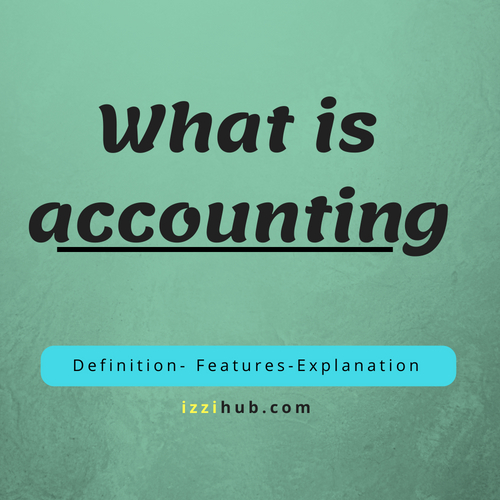Construction Accounting Basics
A good way to keep track of costs is with construction accounting. This type of accounting is decentralized and project-centric. It takes time and effort to record job data, but once it is organized, it can be a powerful tool for contractors. It can guide supervisors and project managers to track crew performance, break-even costs, and learn from mistakes. It can also protect narrow margins. This article will cover some of the basics of construction accounting.
Cost of goods sold
The cost of goods sold (COGS) in construction accounting is the total of the project cost and all the indirect costs, including overhead and business taxes. Contractors often break out COGS by job to track profitability. Most accounting software will track COGS, though contractors may need to set up additional general ledger accounts. Here are the different types of COGS and the way they are calculated. Understanding these two costs can help you better manage your business.
Construction accounting cost of goods sold (COGS) is the total of the materials, equipment, and labor a construction company purchases and sells. This cost can also include raw materials and packaging that are purchased to resell. In addition to raw materials and labor, COGS also includes warranty and maintenance agreements and subcontractor expenses. It is crucial to know what your starting inventory is and what it was at the end of each job.
Job costing
Job costing is an essential part of construction accounting, which helps businesses track their expenses and cash flow. This process involves accurately reporting and categorizing all costs associated with a specific job. It is typically broken down into three main categories: labor, materials, and equipment. The labor costs represent the largest expense for most construction businesses. A successful job costing strategy will keep these costs under control and help you to maximize profits. Read on to learn more about how job costing can help your business.
Before you start incorporating job costing into your accounting process, it is important to understand the process. It can be challenging at first, and your first attempts will probably contain bugs. It is best to start small and apply the plan to smaller jobs so that mistakes are limited to one job or component. Once you have mastered the system, you can move on to larger projects. In the meantime, you can also test your new system on smaller jobs to see how it works.
Retainage
Retainage is a common practice in the construction industry. It’s important to understand the pros and cons of retaining money from contractors. This payment is a way to ensure the project is completed. Although the practice is often frowned upon, there are ways to minimize its negative effects. One option is to reduce the amount of time a contractor must spend on the project. This option is especially helpful when managing large, multi-phase projects.
Retainage is often paid to contractors to protect the interests of the client. However, it can create a lot of hardship for the contractor and subcontractors involved. For example, many small construction companies don’t have deep pockets and may struggle to pay their bills. Other contractors may include retainage in their bids to avoid paying it outright. While this can be a risky practice, some states have passed laws that limit the amount of retainage a contractor can charge.
Work-in-progress
One of the most important financial tools for construction companies is a Work-in-Progress report. This report helps construction company track their revenues and costs over time. Many builders are unaware of how to properly record these costs and can end up in a financial bind if they don’t track their progress accurately. While many of these reports may be simple, more complex ones may include revised estimated revenue, estimated change orders, and backlog.
In construction, work-in-progress assets can take months or even years to complete. During this time, they are not usable, and the company must account for this expense. This is one of the main reasons why a construction company can’t produce profits. Unless a company’s accountants keep track of construction costs and their progress, it’s easy for their profits to be distorted.
Profit and loss statement
Creating and maintaining a Profit and Loss Statement (P&L) in construction accounting is an important part of your bookkeeping. It will help you determine your overall profitability, and it will also answer questions about your budget. Document all expenditures and gains. Here are some tips to create a profit and loss statement for your construction business. It can be a DIY project or you can hire an accountant. Regardless of which method you choose, be sure to record your income and expenses.
One of the first steps in creating a Profit and Loss Statement is understanding the construction income and expense formula. The formula is relatively simple. To make a profit, you must subtract all of your expenses from your income. You will then find your total profit. If you are spending more than you make, you may be entering into a Craftsman Cycle. By understanding the P&L formula, you can better manage your construction business.



